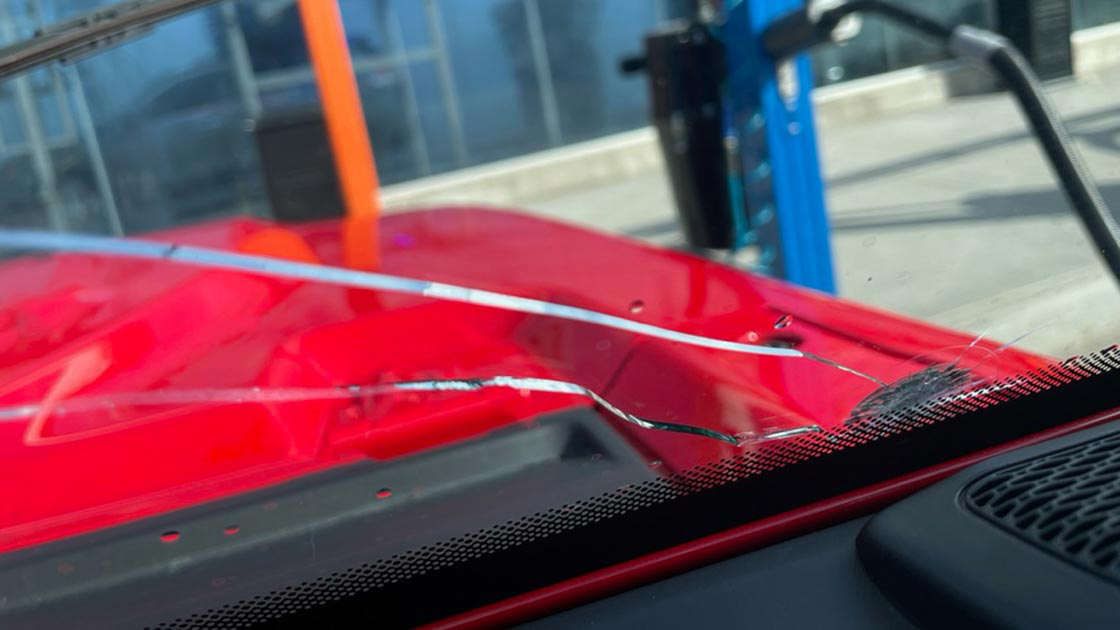New Cars' Safety Gadgets Complicate Repairs

The crash avoidance features common on new cars have proven safety benefits but a study finds they can also run up big repair bills and can sometimes cause problems after they've been repaired.
The Insurance Institute for Highway Safety surveyed owners of vehicles equipped with front crash prevention, blind spot detection and rearview or other visibility-enhancing cameras. Among those who reported that at least one of those systems had been repaired for any reason, about half said they had issues with the features after the job was completed.
“Most of the more than 3,000 owners we contacted said they had never needed to have their crash avoidance features repaired, but for the minority of owners who did, the problems weren’t always resolved easily,” said IIHS Senior Research Scientist Alexandra Mueller, who designed the survey.
“Many had issues with the technology afterward, and some said they had to have the same feature repaired more than once. Still, the vast majority said they would buy a vehicle equipped with the technology again and most were satisfied with the out-of-pocket cost,” Mueller said.
IIHS research has shown that front crash prevention (forward collision warning and automatic emergency braking), blind spot detection and rearview cameras all substantially reduce the types of crashes they are designed to address. Automatic emergency braking (AEB) slashes police-reported rear-end crashes by 50 percent, for instance.
Calibration often a problem
The devices themselves are fairly durable but calibrating them after repairs can be time-consuming and expensive.
For example, a simple windshield replacement can cost as little as $250. But a separate IIHS study found that vehicles equipped with front crash prevention were much more likely to have glass claims of $1000 or more. Much of the higher cost is likely related to calibration.
In this new study, IIHS surveyed nearly 500 drivers about their most recent experiences with repairs to their front crash prevention, blind spot detection or driver-assistance cameras. Some of these owners had had more than one of these features repaired, either separately or as part of the same job.
People often had more than one reason for having their features repaired. Most owners had received a vehicle recall or service bulletin about their feature, but that was rarely the sole reason that they brought their vehicle in for service or repair. Other common reasons included windshield replacement, crash damage, a recommendation from the dealership or repair shop, and a warning light or error message from the vehicle itself.
Post-repair problems with the technology were substantially more common among people who had features repaired because of crash damage or in connection with a windshield replacement.
Repeat trips to the repair shop are not uncommon with other routine mechanical repairs, either, and most owners reported that their insurance or warranty covered the complete cost, minus any deductible.
Repair problems are important to track because they have the potential to slow the spread of crash avoidance features that aren’t standard equipment. However, in the current study, only a little more than 5 percent of the owners said they would not buy another vehicle with the feature they’d had repaired. Repair hassles also might prompt drivers simply to switch off crash avoidance features, eliminating their safety benefits.
“These technologies have been proven to reduce crashes and related injuries,” said Mueller. “Our goal is that they continue to deliver those benefits after repairs and for owners to be confident that they’re working properly.
